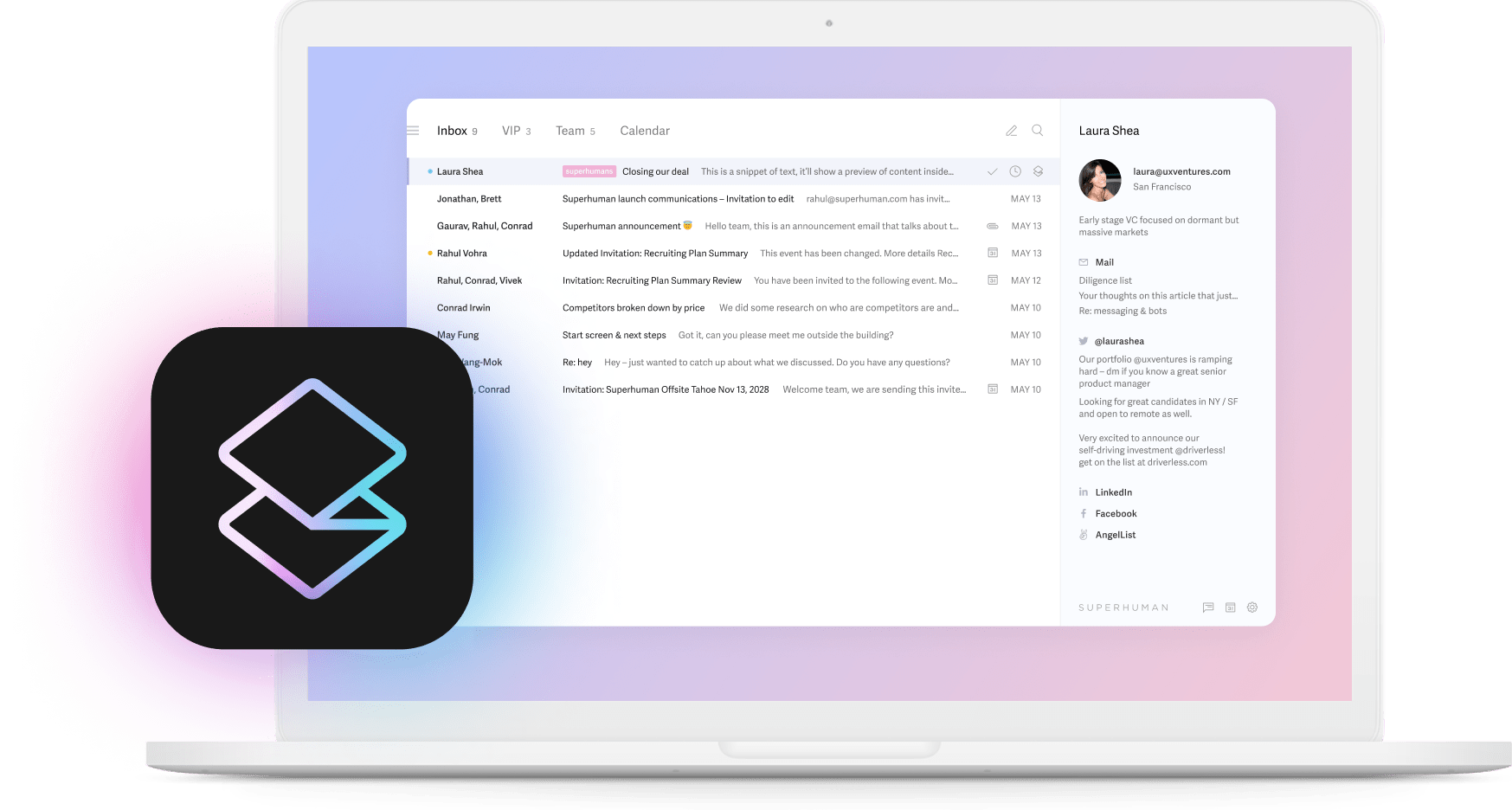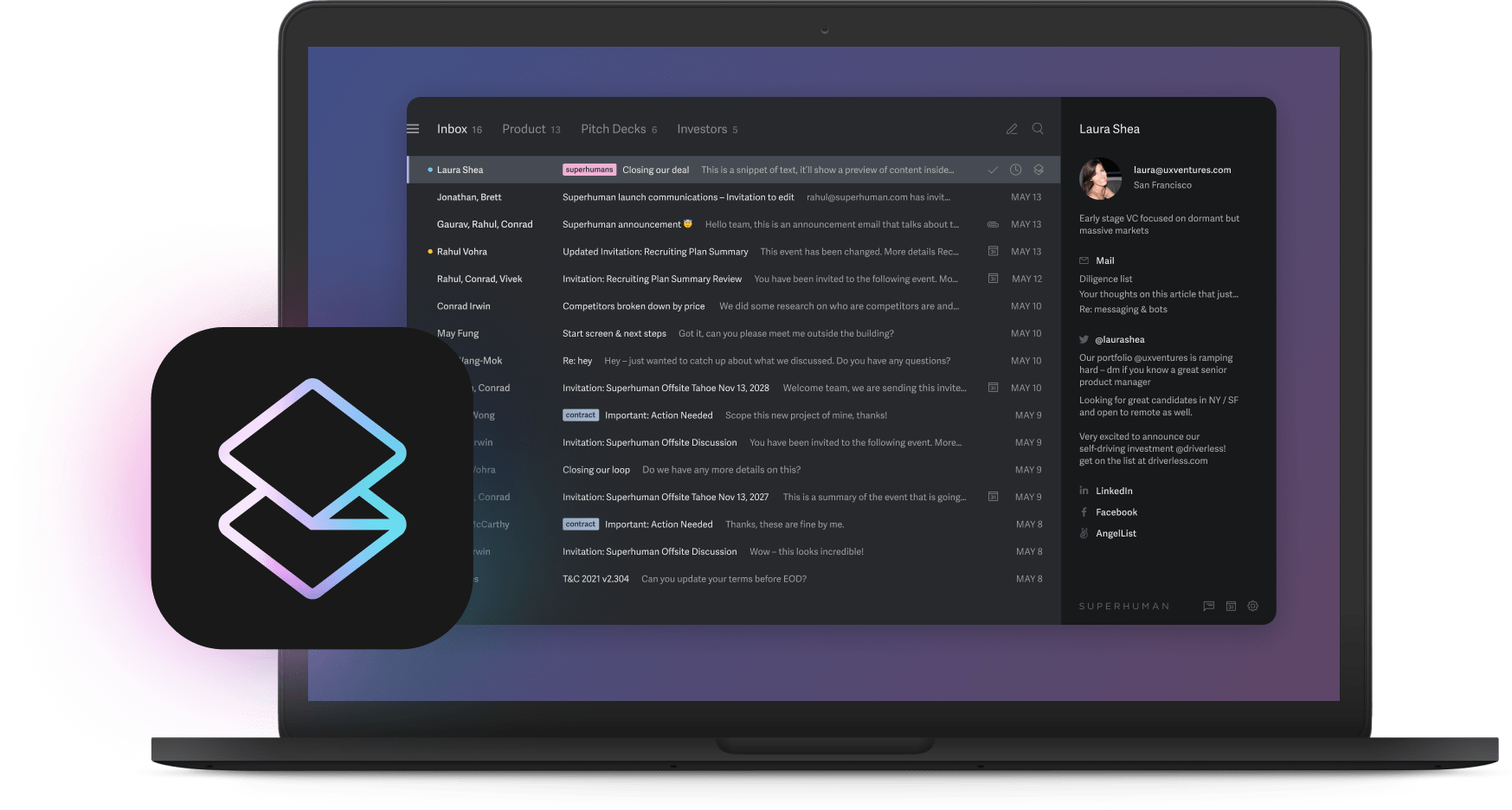
Companies spend billions on AI every year. Most see zero growth from it.
Here's what happens. They buy chatbots to handle customer service. They automate invoice processing. They build tools to squeeze better deals from suppliers. Every one of these projects saves money. None of them helps companies grow.
You've probably seen this movie before. And you're wondering why enterprise AI solutions keep failing the same way.
The quarterly earnings problem
Every three months, leaders face the same pressure. They need good numbers for investors. What's the fastest way to get them? Cut costs.
Replace 100 support agents with chatbots? Instant savings you can show the board. Build an AI negotiation tool? More savings you can measure by next quarter.
Growing takes time. Creating AI that finds new customers or invents new products might need a year to show results. Most leaders don't have a year. They have 90 days.
Vendors understand this game. So they sell what companies will buy. Predictive maintenance. Automated procurement. Invoice robots. The boring tools that make CFOs smile but never grow revenue.
The exciting possibilities sit on the shelf. AI that personalizes products for each customer. Tools that open new markets. Systems that create revenue streams no one imagined.
Industry-leading companies are 3x more likely to see real productivity gains from AI. They figured out the secret. Stop chasing cost cuts. Start chasing growth.
Every AI project should answer one question first. Will this help us grow? Start there and everything changes.
You're counting the wrong things
Most companies love their AI metrics. Look how many tickets we closed! See how many invoices we processed! Check how fast we answered emails!
These numbers mean nothing.
Here's what matters. Did revenue go up? Did customers stick around longer? Did we reach new markets?
Think about email for a second. Most people treat their inbox like a chore. Empty it as fast as possible. So they buy tools to empty it faster. But email is where deals happen. Where relationships build. Where customers tell you what they need.
B2B professionals spend 16.5 hours on email every week. That's 100 workdays a year. The question isn't how fast you process those emails. The question is whether those emails grow your business.
Companies measuring the wrong things end up with beautiful dashboards and flat revenue. They count busy work instead of real work.
Want to test your metrics? Ask yourself three questions. Would the CEO notice if this doubled? Does it connect to revenue or costs? Can teams do something useful with it?
Most metrics fail all three.
What works
Success and failure look completely different. Top performers save 14% more time per week with AI than everyone else using the same tools.
What makes them different? They don't try to replace people. They make people better. They focus on the tools people use most. They solve real problems with real data.
Winners follow patterns. They train AI on their own data. They keep humans involved to catch mistakes. They measure business results, not activity.
Companies that struggle do the opposite. They chase vague AI projects with no clear goals. They hire teams to work on fuzzy initiatives. They try to automate everything instead of helping humans excel.
The formula never changes. Find a clear problem. Get clean data. Keep humans and AI working together. Measure real results. Skip any step and you fail.
Four questions that matter
Forget asking how much AI will save. Ask these questions.
Will this create new value? We're talking new revenue. New customers. New products. Cost savings don't count.
Why now? Maybe competitors launched something scary. Maybe customers started expecting more. If you can't explain why this quarter matters, wait.
What data gives us an edge? Generic AI models help nobody. Your customer history, your transaction patterns, your product knowledge. That's gold.
Can we build this for real? Most AI projects die in pilot purgatory. Know how you'll integrate, govern, and scale before you start.
Rate every project from 1 to 5 on each question. Anything below 3 on average goes in the trash.
Getting from pilot to production
Great ideas die when pilots never grow up. You need three stages.
Pilot means one team, one dataset, daily check-ins. Does this thing even work?
Validation means testing accuracy, checking bias, proving the numbers make sense. Set up monitoring now, not later.
Scale means automated deployments, access controls, alerts when things break.
Smart companies follow this path religiously. Start small. Fix problems. Roll out without breaking everything.
Most companies skip steps. Then they wonder why their AI explodes.
Making AI work in your company
Pair your best product person with your best engineer. Make them sit together. Give them one goal. Share the credit and the blame.
You'll hit the same walls everyone hits. Data scattered everywhere. Nobody checking the AI's work. Tools that won't talk. Infrastructure that can't handle the load. People who don't trust the new system.
Start with the data. Clean data beats fancy algorithms every time. Build human review in from day one. Connect everything. Upgrade infrastructure before it breaks. Never stop training people.
Where should you focus? More than 50% of workdays happen in email, calendar, and messaging. That's where AI can make the biggest difference.
Superhuman shows how this works. Our AI learns from emails you write. It helps you write in your voice, to the right people. Teams save 4 hours every week because we augment what humans do best instead of trying to replace them.
Mistakes everyone makes
Thinking AI works like software. You can't just install it. Real AI needs testing, governance, careful integration. Build a sandbox environment where teams can break things safely before touching production systems.
Believing data volume fixes everything. A million pieces of bad data equals bad results. Quality wins. Start by cleaning and validating data from your single most important workflow before expanding.
Expecting adoption to happen magically. Without change management, your shiny AI sits unused. People need reasons to change. Show your top performer how AI saves them 2 hours this week, then let them evangelize to others.
Trying to eliminate humans. AI helps humans excel. When you try to replace people entirely, you fail. Design every AI feature to need human approval for important decisions.
Starting with Mount Everest. Prove value with simple problems first. Save the hard ones for later. Pick one repetitive task that annoys everyone and automate just that piece.
Warning signs flash when people brag about activity instead of outcomes. When data hides in silos. When nobody can explain why the AI helps the business.
Superhuman dodges these traps. We learn from what you write. You keep control. Our customers handle 72% more emails per hour without losing quality.
Start measuring what matters
Give every AI project 90 days. If the numbers don't move, kill it or fix it.
Pick real metrics. Revenue. Customer wins. Risk avoided. Check them weekly.
When projects fail their checkpoints, you have three options. Kill the duds. Redirect the maybes toward clearer goals. Pour fuel on the winners.
Check your AI budget for next year. How much goes to cutting costs versus creating growth? AI saves professionals one full workday every week right now. But that's just the start if you solve the right problems.
Audit what you have today. Score everything against the four questions. Review progress every quarter.
Get this right and AI transforms from cost center to growth engine. We prove it works at Superhuman. Teams using our platform save 15 million hours every single year. They fly through email and focus on work that matters. That's what email should have been all along.






